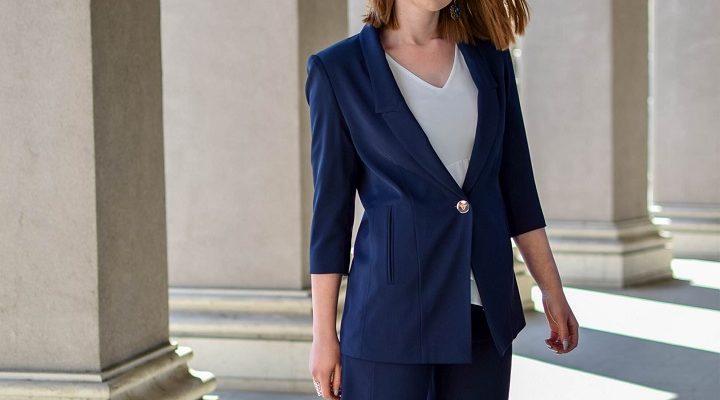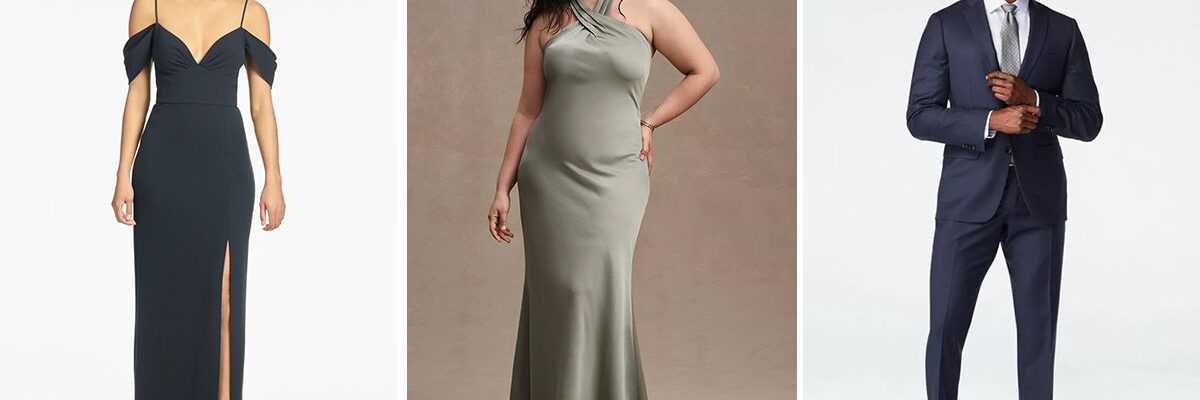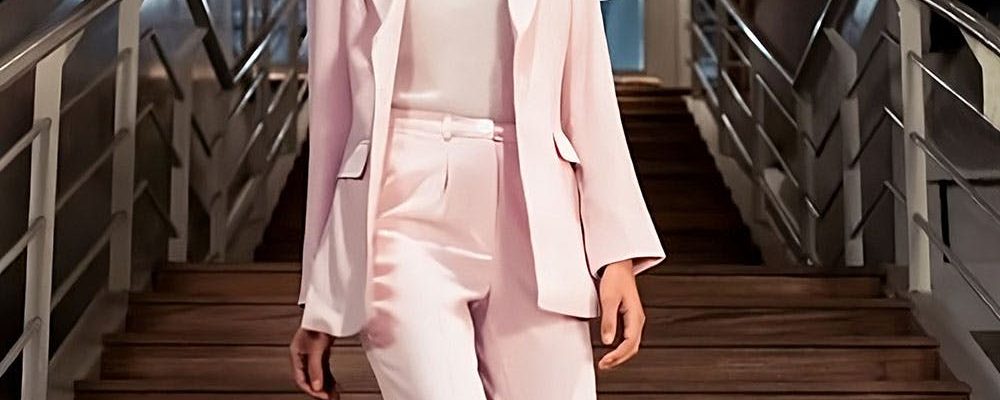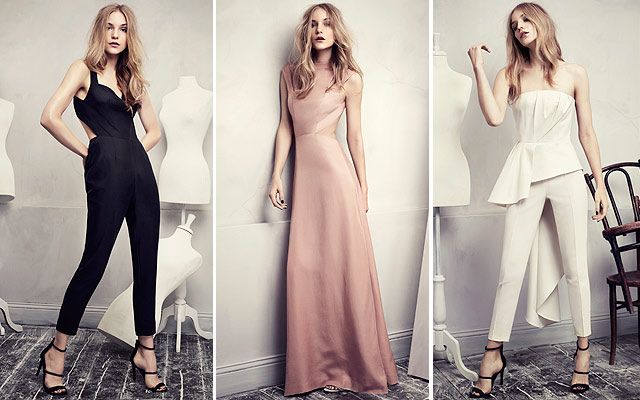Throughout the annals of art history, scarves have played a captivating role as both subject and accessory, providing artists with a versatile canvas for creativity. This exploration delves into the ways in which scarves have been embraced, transformed, and immortalized in the world of art, reflecting the intersection of fashion, symbolism, and artistic expression.
- Symbolism and Status in Portraiture:
- Renaissance Elegance: In Renaissance portraiture, scarves were often draped or delicately arranged to signify wealth, status, or cultural affiliations.
- Hidden Narratives: Artists subtly wove narratives into their works, with the style, color, and fabric of scarves conveying hidden meanings.
- Impressionist Interpretations:
- Loose and Expressive: Impressionist painters, such as Claude Monet and Pierre-Auguste Renoir, depicted scarves with loose, flowing strokes, capturing the fleeting essence of a moment.
- Outdoor Scenes: Scarves became integral elements in outdoor scenes, where they fluttered in the breeze, adding movement and vibrancy to the compositions.
- Art Nouveau Elegance:
- Alphonse Mucha’s Scarf Designs: Alphonse Mucha, a prominent Art Nouveau artist, often incorporated flowing scarves into his intricate designs, emphasizing the sinuous and decorative qualities of the accessory.
- Cubist Fragmentation:
- Geometric Abstraction: During the Cubist movement, scarves underwent a transformation in the hands of artists like Pablo Picasso and Georges Braque. They were fragmented and abstracted, adding a dynamic quality to compositions.
- Surrealist Symbolism:
- Magritte’s Bowler Hat and Scarf: René Magritte’s iconic painting “The Son of Man” features a bowler hat and a scarf, creating an enigmatic and dreamlike atmosphere. The scarf adds an element of mystery to the subject’s identity.
- Fashion Illustrations:
- Erté’s Glamorous Scarves: The renowned Art Deco artist and fashion illustrator Erté often depicted glamorous figures adorned in intricately patterned scarves, contributing to the allure of the Roaring Twenties.
- Pop Art Playfulness:
- Andy Warhol’s Scarf Designs: Pop Art embraced everyday objects, and scarves were no exception. Andy Warhol’s designs, including his scarf creations, brought a playful and mass-produced aesthetic to the art world.
- Contemporary Artistic Expression:
- Photorealistic Detail: Contemporary artists use scarves as vehicles for showcasing photorealistic detail, capturing the texture, patterns, and sheen of the fabric.
- Mixed Media Exploration: Scarves are integrated into mixed media artworks, blending traditional paintings with fabric collage, adding a tactile and multidimensional aspect.
- Performance Art and Scarves:
- Yoko Ono’s Interactive Scarves: In the realm of performance art, Yoko Ono has incorporated scarves into interactive pieces, inviting participants to engage with and manipulate the scarves as part of the artwork.
- Cultural Context and Identity:
- Frida Kahlo’s Tehuana Scarves: Frida Kahlo’s self-portraits often featured scarves inspired by traditional Tehuana attire, underscoring the intersection of personal style, cultural identity, and artistic expression.
Conclusion: Scarves, with their intrinsic beauty and symbolic potential, have woven themselves into the fabric of art history. Whether draped over figures in portraiture, abstracted in avant-garde movements, or celebrated in contemporary mixed media, scarves continue to be a source of inspiration for artists, transcending their utilitarian nature to become dynamic elements in the ever-evolving visual language of art.









